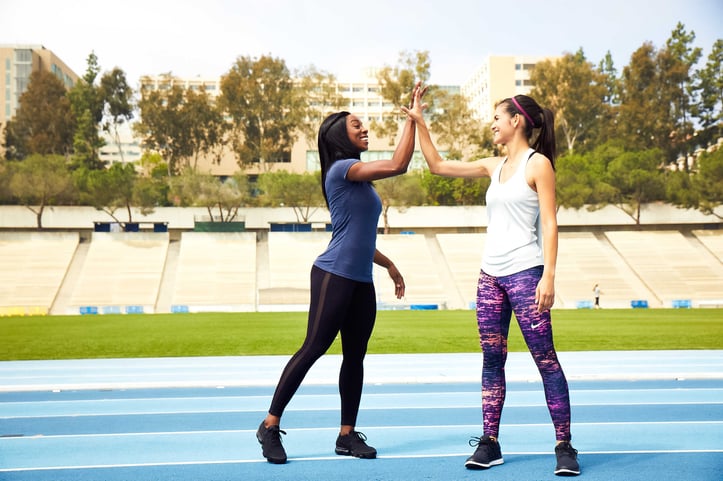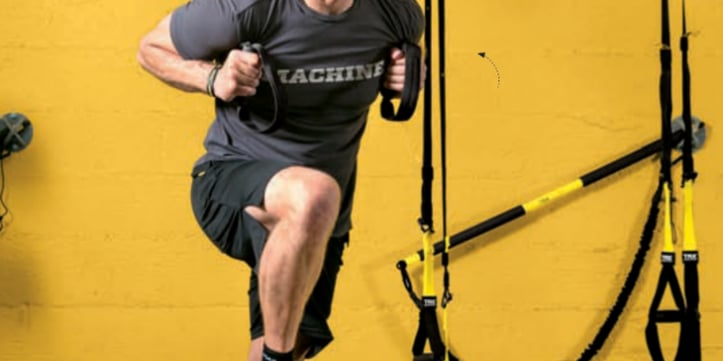
The Next Big Fitness Tool: Your Idea Could Revolutionize Workouts
Ever paused mid-workout and thought, "What if there was a tool that..."? Whether it’s a smarter way to track progress, a space-saving device for home gyms, or a gadget that fixes a nagging form issue—you’re not alone. Fitness tools evolve because people like you spot unmet needs. Let’s explore why your idea might be the next game-changer.
Why Fitness Tools Matter (And Where They Fall Short)
Tools are the bridge between training goals and results. Consider resistance bands: ACE (American Council on Exercise) notes they boost accessibility for beginners, yet even these have limits—they stretch unevenly under heavy loads, frustrating advanced users. Smart wearables? While 60% of users track heart rate (NIH study), many feel overwhelmed by irrelevant metrics, leading to device abandonment after 6 months (Harvard Health).
Common Gaps in Current Tools:
- One-size-fits-all design: Beginners need feedback; pros crave precision.
- Poor user experience: Clunky apps or hard-to-adjust equipment.
- Ignored demographics: Seniors or post-rehab users often lack tools that prioritize joint safety.
Your Idea: The Missing Piece
Great tools solve specific problems. Let’s break down what makes an idea impactful:
1. Solve a Pain Point You’ve Experienced
Remember that time your adjustable dumbbells took 5 minutes to change weights mid-set? Or how your yoga mat slid during downward dog? These annoyances are gold. NASM (National Academy of Sports Medicine) advises prioritizing "friction points"—moments where frustration disrupts flow. For example, a magnetic quick-switch dumbbell or a grip-enhanced mat with pressure-sensitive edges could eliminate those stops.
2. Ground It in Science
A tool isn’t just cool—it needs to work. Suppose you want a device to improve core engagement. Research from the Journal of Strength and Conditioning shows the transverse abdominis activates 30% more with visual biofeedback. Your idea? A lightweight belt with sensors that vibrate when form lapses, turning abstract cues into tangible feedback.
3. Design for Your Audience
Beginners need simplicity; intermediates want progression; advanced users crave customization. A modular resistance system—with color-coded bands that snap into a base—lets a beginner start with 5 lbs and a pro stack to 100 lbs. It’s scalable, avoiding the "upgrade treadmill" of buying new equipment.
How to Test Your Idea (No Engineering Degree Needed)
You don’t need a lab to validate potential. Here’s a 3-step plan:
- Interview 5-10 users: Ask gym buddies, social media followers, or local trainers, "What’s the one tool you wish existed?" If 7/10 mention "portable leg press for travel," you’re onto something.
- Build a prototype: Use household items (e.g., a cardboard mockup of a foldable bench) to test usability. Does it feel intuitive? Can someone adjust it in <30 seconds?
- Track a pilot: Recruit 2-3 users to test your prototype for 2 weeks. Ask, "Did this make your workout easier/better?" Quantitative wins (e.g., 40% faster setup) or qualitative ("I actually looked forward to training") signal viability.
The Untapped Market: Inclusivity & Recovery
Here’s a secret: Most tools ignore recovery and specialized needs. For example, 45% of adults over 50 avoid gyms due to joint pain (CDC), yet few tools focus on low-impact, joint-friendly resistance. Imagine a hydraulic resistance machine that mimics water’s smooth resistance—gentle on knees but effective for strength. Or a post-workout foam roller with built-in heat therapy, backed by NIH research showing heat reduces muscle soreness by 25%.
Your Idea Could Be the Next Big Thing
Fitness history is built on "what ifs": The first adjustable dumbbell, the Fitbit, even the stability ball—all started as someone’s frustration. Your idea might be the tool that makes training more accessible, effective, or enjoyable for millions.
Action Step: Grab your phone and jot down one workout annoyance you’ve felt this week. That’s your starting line. Share it in the comments—who knows? Your idea might just be the next fit trend.
Let’s build better workouts, together.
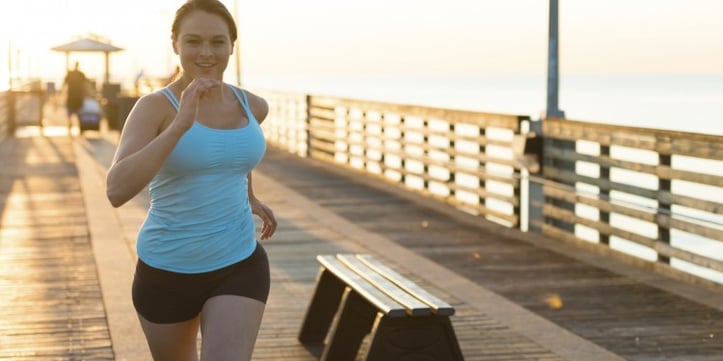
Fit vs Fat: Decoding Health's True Ruler

Pump Up Your Heart: Science-Driven Weight Loss

Wellness Technology: Your Path to Sustainable Weight Loss

A Sensible Guide to Dietary New Year's Resolutions
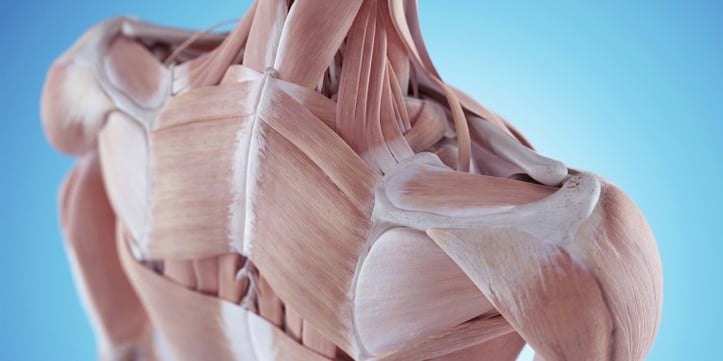
Prevent Shoulder and Rotator Cuff Injuries with Corrective Exercises
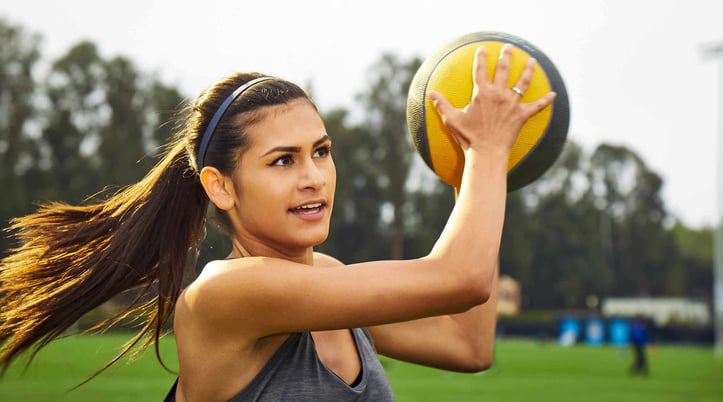
Overcome Fitness Plateaus: 4 Tips for Success

10 x 10 Thanksgiving Day Circuit: A Fitness Guide
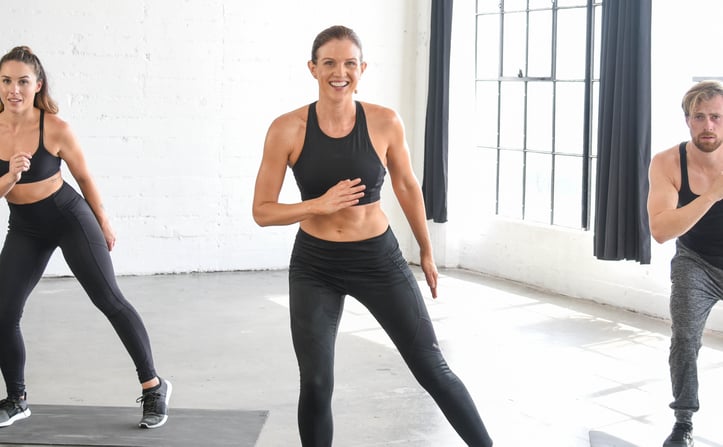
Unleash Your Fitness Potential with Kit Rich's Training Secrets
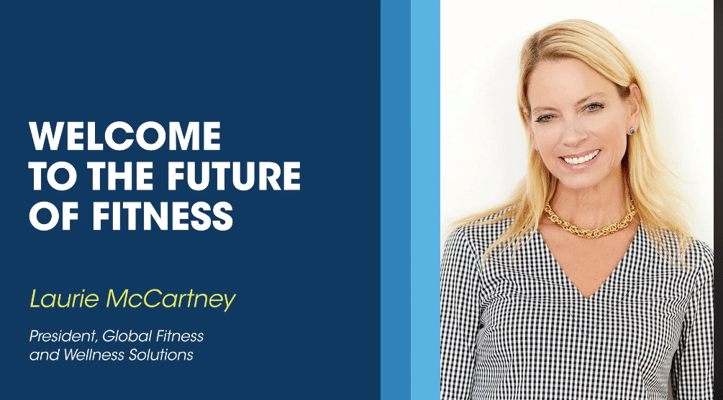
The Future of Fitness: A Guide for Beginners to Intermediates
